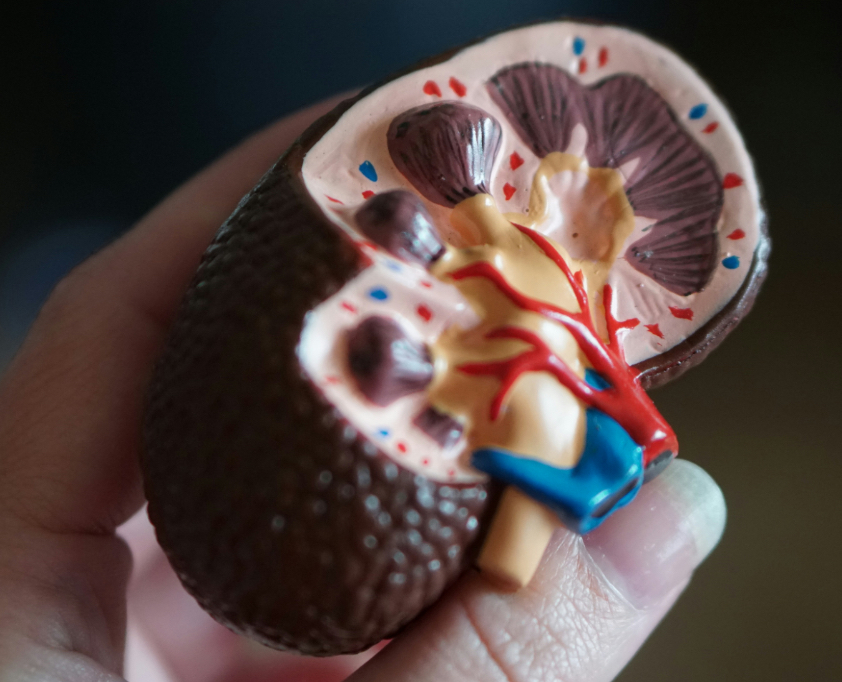A normal aldosterone-to-renin ratio (ARR) is generally considered to be below 30 ng/dL per ng/mL/h. An ARR above this value is often investigated further to rule out primary aldosteronism. The specific cutoff value can vary slightly depending on the laboratory and testing method used.
Here’s a more detailed breakdown:
- What is ARR?The ARR compares the levels of aldosterone and renin in the blood, which helps in the diagnosis of primary aldosteronism (PA).
- Why is ARR important?PA is a condition where the adrenal glands produce too much aldosterone, which can lead to high blood pressure and low potassium levels.
- How is it measured?ARR is measured by taking a blood sample and analyzing the levels of aldosterone and renin.
- What does a high ARR mean?A high ARR, especially above the commonly accepted cutoff of 30, suggests the possibility of PA and warrants further investigation.
- Other factors to consider:Besides the ARR, other factors like aldosterone levels and clinical symptoms also need to be considered in the diagnosis of PA.


Leave a Reply